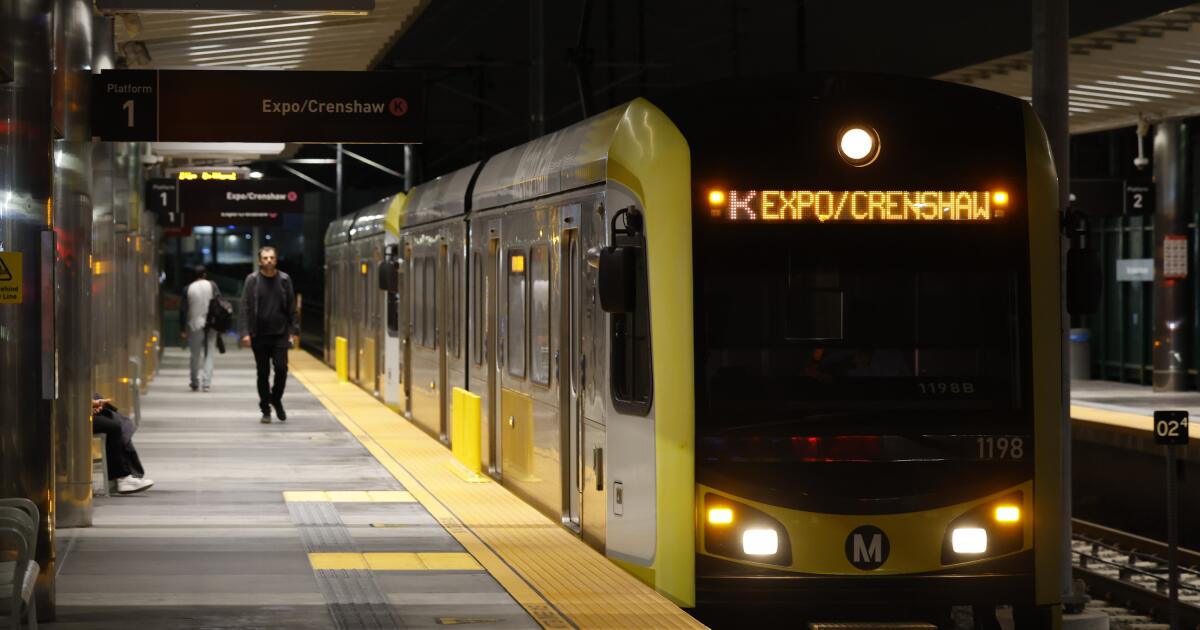Eight years ago, Governor Gavin Newsom promised to build 3.5 million new homes in California by the end of this year. While it’s unlikely he’ll meet that goal, he’s still pushing for progress. He recently signed Senate Bill 79, a significant move aimed at enhancing housing density near transit hubs across the state.
In his words, “All Californians deserve an affordable place to live close to jobs and schools. Housing near transit means shorter commutes and more time with family.” The bill, set to take effect on July 1, 2026, changes local zoning laws, allowing developers to construct taller buildings near subway and bus stops.
Developers can build up to nine stories next to subway stops and six to eight stories near light rail and bus lanes. This legislation represents a major reform in California’s housing landscape, complementing earlier efforts to streamline housing construction.
The passage of SB 79 reflects the mounting pressure from residents, advocacy groups, and cities that have been addressing California’s housing crisis. Proponents, particularly YIMBY (Yes In My Backyard) advocates, argue that building more housing near public transit is crucial for sustainability. Brian Hanlon, Chief Executive of California YIMBY, hailed it as a transformative moment for state housing policy.
However, not everyone is thrilled. Some cities, including Los Angeles, fear that a one-size-fits-all approach undermines local control. Mayor Karen Bass was among those who urged Newsom to veto the bill, contending that local government should have a say in such significant changes.
Introducing SB 79, Senator Scott Wiener emphasized the urgency of the housing crisis. Yet, as the bill made its way through the legislature, various amendments complicated its application, particularly for smaller cities. The “Beverly Hills carve-out” allows affluent areas to zone for less density compared to neighboring regions, which raises concerns about fair housing practices. Los Angeles City Councilmember Katy Yaroslavsky criticized this disparity, stating, “Beverly Hills gets off the hook while Los Angeles bears the burden.”
Moreover, peculiar zoning situations could arise. For instance, properties physically separated by barriers like railroad tracks might be exempt even if they are close as the crow flies. Current city maps indicate the potential areas impacted by the bill, but these are only preliminary and subject to change. A definitive map from the Southern California Association of Governments is still pending.
In recent years, multifamily housing development in Los Angeles has slowed, primarily due to economic challenges and regulatory hurdles. Advocates hope SB 79 can revive this trend, allowing for more affordable living options in a state grappling with housing shortages. Matt Lewis from California YIMBY notes, “California is changing, and the question is whether we manage that change sustainably and affordably or let it become chaotic and expensive.”
The ongoing conversation around housing in California reflects broader societal attitudes toward urban development, balancing growth with community needs. As discussions continue, only time will tell how effective these new measures will be in alleviating the housing crisis.


















:focal(0x0:2400x1715)/static.texastribune.org/media/files/8de6f34c19b7ee19244adb26d4706714/0601%20Senate%20Heads%20BD%2031.jpg?w=480&resize=480,480&ssl=1)


